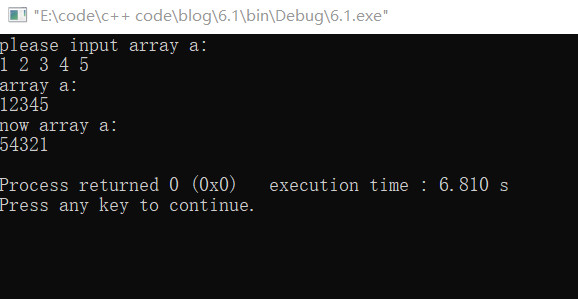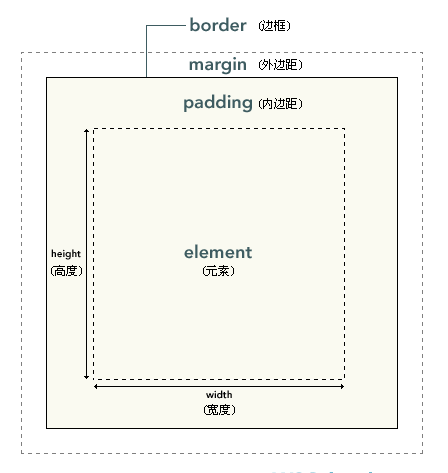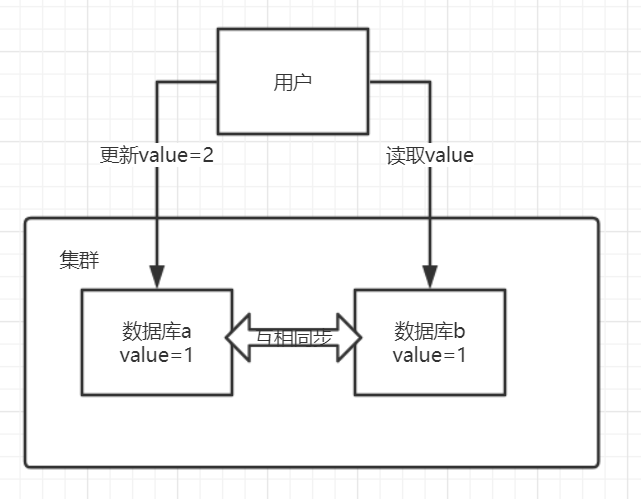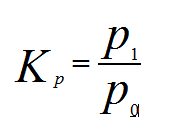下面以一个实例介绍 Channel 的各种用法
/** * 一、通道(Channel):用于源节点与目标节点的连接。在 Java NIO 中负责缓冲区中数据的传输。 * Channel 本身不存储数据,因此需要配合缓冲区进行传输。 * * 二、通道的主要实现类 * java.nio.channels.Channel 接口: * |--FileChannel * |--SocketChannel * |--ServerSocketChannel * |--DatagramChannel * * 三、获取通道 * 1. Java 针对支持通道的类提供了 getChannel() 方法 * 本地 IO: * FileInputStream/FileOutputStream * RandomAccessFile * * 网络IO: * Socket * ServerSocket * DatagramSocket * * 2. 在 JDK 1.7 中的 NIO.2 针对各个通道提供了静态方法 open() * 3. 在 JDK 1.7 中的 NIO.2 的 Files 工具类的 newByteChannel() * * 四、通道之间的数据传输 * transferFrom() * transferTo() * * 五、分散(Scatter)与聚集(Gather) * 分散读取(Scattering Reads):将通道中的数据分散到多个缓冲区中 * 聚集写入(Gathering Writes):将多个缓冲区中的数据聚集到通道中 * * 六、字符集:Charset * 编码:字符串 -> 字节数组 * 解码:字节数组 -> 字符串 * */public class TestChannel { // 利用通道完成文件的复制(非直接缓冲区) @Test public void testFileChannel() { long start = System.currentTimeMillis(); // 文件输入和输出流 FileInputStream fis = null; FileOutputStream fos = null; // 文件通道 FileChannel inChannel = null; FileChannel outChannel = null; try { fis = new FileInputStream("D:/DNF.mp4"); fos = new FileOutputStream("D:/DNF2.mp4"); inChannel = fis.getChannel(); outChannel = fos.getChannel(); // 分配缓冲区 ByteBuffer buffer = ByteBuffer.allocate(1024); // 从输入通道中读取数据到缓冲区 while (inChannel.read(buffer) != -1) { // 切换缓冲区为读模式 buffer.flip(); // 把缓冲区数据写入到输出通道中 outChannel.write(buffer); // 清空缓冲区 buffer.clear(); } } catch (IOException e) { e.printStackTrace(); } finally { // 关闭资源 if (outChannel != null){ try { outChannel.close(); } catch (IOException e) { e.printStackTrace(); } } if (inChannel != null) { try { inChannel.close(); } catch (IOException e) { e.printStackTrace(); } } if (fos != null) { try { fos.close(); } catch (IOException e) { e.printStackTrace(); } } if (fis != null) { try { fis.close(); } catch (IOException e) { e.printStackTrace(); } } } long end = System.currentTimeMillis(); System.out.println("耗费时间为:" + (end - start)); } // 使用直接缓冲区完成文件的复制(内存映射文件) @Test public void testFileChannel2() throws IOException { long start = System.currentTimeMillis(); // 获取文件输入输出通道 FileChannel inChannel = FileChannel.open(Paths.get("D:/DNF.mp4"), StandardOpenOption.READ); FileChannel outChannel = FileChannel.open(Paths.get("D:/DNF3.mp4"), StandardOpenOption.READ, StandardOpenOption.WRITE, StandardOpenOption.CREATE); // 内存映射文件 MappedByteBuffer inMapBuf = inChannel.map(FileChannel.MapMode.READ_ONLY, 0, inChannel.size()); MappedByteBuffer outMapBuf = outChannel.map(FileChannel.MapMode.READ_WRITE, 0, inChannel.size()); // 直接对缓冲区进行读写操作 byte[] bytes = new byte[inMapBuf.limit()]; inMapBuf.get(bytes); outMapBuf.put(bytes); // 关闭通道 inChannel.close(); outChannel.close(); long end = System.currentTimeMillis(); System.out.println("耗费时间为:" + (end - start)); } // 通道之间的数据传输(直接缓冲区) @Test public void testChannelTransfer() throws IOException { // 获取文件输入输出通道 FileChannel inChannel = FileChannel.open(Paths.get("D:/DNF.mp4"), StandardOpenOption.READ); FileChannel outChannel = FileChannel.open(Paths.get("D:/DNF4.mp4"), StandardOpenOption.READ, StandardOpenOption.WRITE, StandardOpenOption.CREATE); // inChannel.transferTo(0, inChannel.size(), outChannel); outChannel.transferFrom(inChannel, 0, inChannel.size()); inChannel.close(); outChannel.close(); } // 分散读取和聚集写入 @Test public void testScatterAndGatter() throws IOException { // 获取通道 RandomAccessFile raf1 = new RandomAccessFile("D:/1.txt", "rw"); FileChannel channelRead = raf1.getChannel(); // 分配缓冲区 ByteBuffer buf1 = ByteBuffer.allocate(100); ByteBuffer buf2 = ByteBuffer.allocate(1024); // 分散读取 ByteBuffer[] bufs = { buf1, buf2}; channelRead.read(bufs); for (ByteBuffer buf : bufs) { buf.flip(); } System.out.println(new String(bufs[0].array(), 0, bufs[0].limit())); System.out.println("----------------"); System.out.println(new String(bufs[1].array(), 0, bufs[1].limit())); // 聚集写入 RandomAccessFile raf2 = new RandomAccessFile("D:/2.txt", "rw"); FileChannel channelWrite = raf2.getChannel(); channelWrite.write(bufs); // 关闭资源 channelRead.close(); channelWrite.close(); raf1.close(); raf2.close(); } // 查看支持的字符集 @Test public void testCharset() { SortedMap<String, Charset> charsetMap = Charset.availableCharsets(); Set<Map.Entry<String, Charset>> entrySet = charsetMap.entrySet(); for (Map.Entry<String, Charset> entry : entrySet) { System.out.println(entry.getKey() + "=" + entry.getValue()); } } /** * 使用字符集实现字符的编码和解码 * |-- 字符缓冲区 CharBuffer 编码得到字节缓冲区 ByteBuffer * |-- 字节缓冲区 ByteBuffer 解码得到字符缓冲区 CharBuffer */ @Test public void testEncodeAndDecode() throws IOException{ // 获取字符集 Charset gbk = Charset.forName("GBK"); // 获取字符集对应的编码器和解码器 CharsetEncoder encoder = gbk.newEncoder(); CharsetDecoder decoder = gbk.newDecoder(); // 构建字符缓冲区 CharBuffer charBuf = CharBuffer.allocate(1024); charBuf.put("测试字符集编解码"); charBuf.flip(); // 编码 ByteBuffer byteBuf = encoder.encode(charBuf); System.out.println("编码:"); for (int i = 0; i < byteBuf.limit(); i++) { System.out.print(byteBuf.get() + " "); } // 解码 byteBuf.flip(); CharBuffer charBuf2 = decoder.decode(byteBuf); System.out.println("\n解码:"); System.out.println(charBuf2.toString()); }}






























![[hbase] hbase的架构及其各角色功能 [hbase] hbase的架构及其各角色功能](https://image.dandelioncloud.cn/images/20230601/3b9ef42ad8a9409390d4df738d8087d6.png)




还没有评论,来说两句吧...